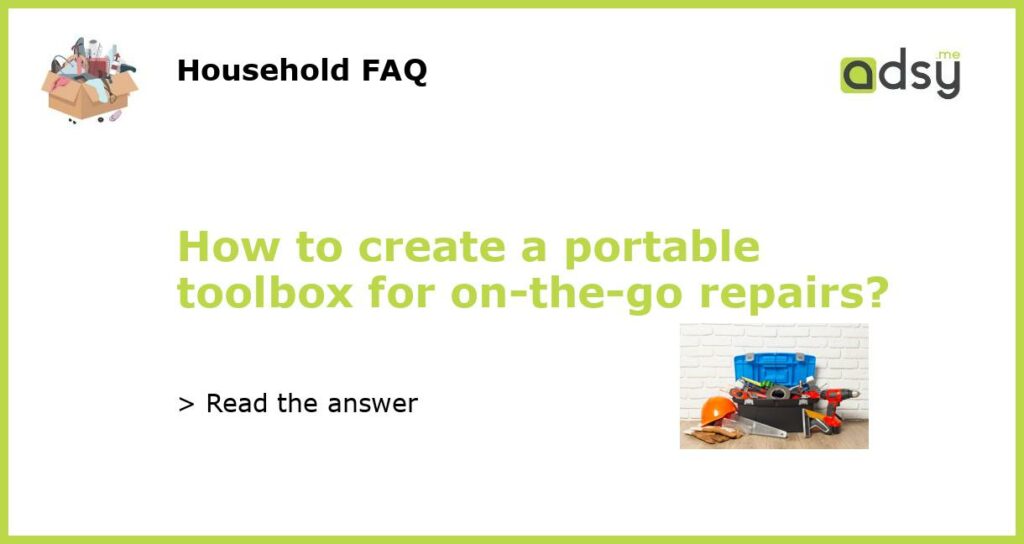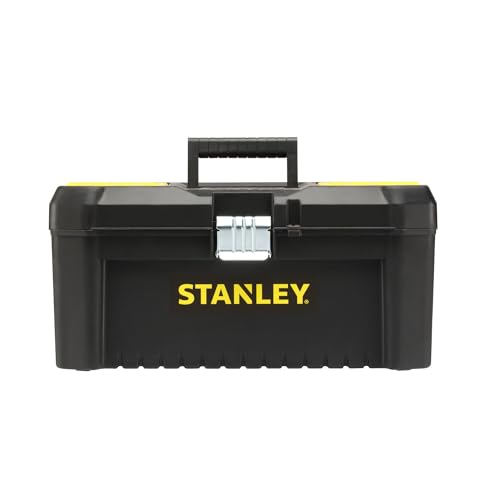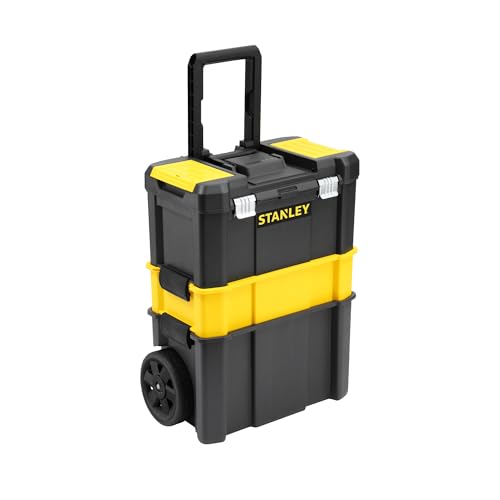Choose the right toolbox for portability and durability
When creating a portable toolbox for on-the-go repairs, one of the first steps is to choose the right toolbox. Look for a toolbox that is specifically designed for portability and durability. Make sure it is made of sturdy materials such as metal or high-density plastic, with reinforced corners and strong latches. Opt for a toolbox with a comfortable handle for easy carrying. Consider the size of the toolbox as well, ensuring it is large enough to hold all your essential tools but not too bulky or heavy to transport.
Select essential tools for various repair tasks
Once you have chosen the right toolbox, the next step is to select the essential tools for various repair tasks. Start by including basic hand tools such as screwdrivers, wrenches, pliers, and a hammer. These tools can handle a variety of common repairs. Additionally, consider including specialized tools that cater to specific repair tasks you may encounter frequently, such as a socket set, adjustable wrench, utility knife, and tape measure. Evaluate your specific needs and choose the tools accordingly, ensuring a well-rounded selection that covers a wide range of repair scenarios.
Organize your toolbox for efficient access
To create a portable toolbox that allows for efficient access to your tools, proper organization is key. Use dividers or small boxes within the toolbox to separate tools and prevent them from jumbling together. Arrange the tools based on their size and frequency of use, placing frequently used tools in easily accessible areas. Consider using foam inserts or tool trays to keep your tools in place and prevent them from shifting during transportation. Labeling or color-coding different sections of your toolbox can also help you quickly locate the tool you need, making repairs faster and more efficient.
Include safety equipment and accessories
When creating a portable toolbox for on-the-go repairs, safety should always be a priority. Remember to include safety equipment and accessories to protect yourself and others during the repair process. Some essential safety items to consider include safety goggles, work gloves, a dust mask, and ear protection. Depending on the type of repairs you anticipate, you may also need additional safety equipment such as a fire extinguisher or a first aid kit. By incorporating safety equipment into your portable toolbox, you can ensure that you are prepared for any unexpected situations that may arise during repairs.
Regularly update and maintain your toolbox
Finally, it is important to regularly update and maintain your portable toolbox to keep it in optimal condition. Periodically assess your toolbox and replace any damaged or worn-out tools. Consider the specific repair tasks you often encounter and add new tools or accessories to better suit your needs. Additionally, regularly clean and organize your toolbox to prevent rust and ensure that everything is in its rightful place. By taking the time to maintain your toolbox, you can prolong its lifespan and ensure that it remains a reliable resource for on-the-go repairs.






